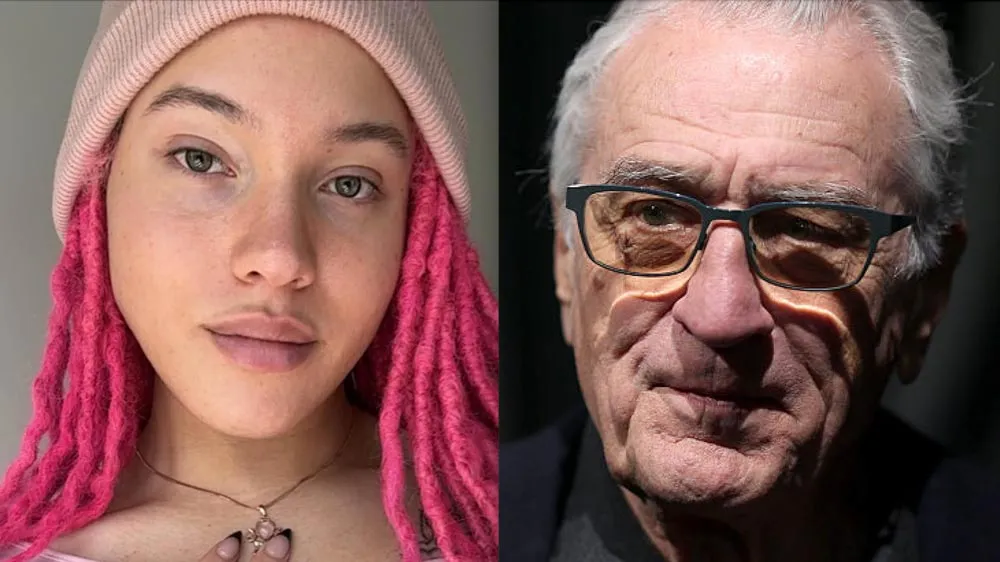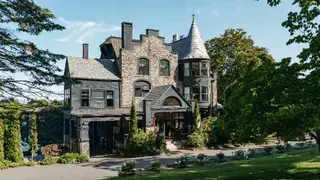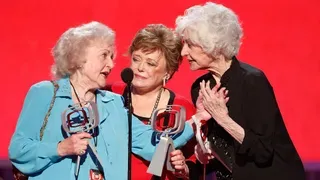January 15, 2010
The Harlem Renaissance - As Gay As It Was Black
Kevin Mark Kline READ TIME: 2 MIN.
According to noted African-American historian Henry Louis Gates, the Harlem Renaissance was "surely as gay as it was black, not that it was exclusively either of these." With few exceptions, the writers, artists and performers of this seminal period in black history were closeted, but nonetheless imbued their work with coded references to their sexuality.
In a segregated America, they gloried not only in black artistic achievement, but also in black identity. With gay men and lesbians in legal and social limbo, the Harlem Renaissance celebrated sexuality with a level of tolerance remarkable for that era.
This exhibition, organized by Stonewall Library & Archives, spotlights gay life in Harlem during this period, surveys the artistic movement that defined black culture in the 1920s and 1930s and profiles its leading gay, lesbian and bisexual participants.
As the result of a northward migration of African-Americans and the displacement of black communities elsewhere in New York City, Harlem became the center of black cultural and intellectual life in the years after World War I.
The 1920s and 1930s are variously referred to as the New Negro Movement or the Jazz Age and, more recently, as the Harlem Renaissance. The music, literature and art produced during this period shaped black culture for generations and influenced American society at large.
If Greenwich Village was New York City's most famous gay neighborhood, Harlem was its black counterpart. Homosexual nightlife thrived in Harlem, advertised largely by word of mouth to those "in the life." The gay and lesbian scene consisted of "rent parties," "buffet flats," speakeasies and drag balls.
Jazz and the blues played an inspirational role to the writers and artists of the Harlem Renaissance. This drawing, "Play de Blues," is by one of the prominent illustrators of the time, Aaron Douglas.
The New Negro was a 1925 anthology edited by Alain Locke, who contended African-Americans could attain fair treatment only through their own actions and outlook.
Exhibit Date: February 2 - 28, Broward Main Library







